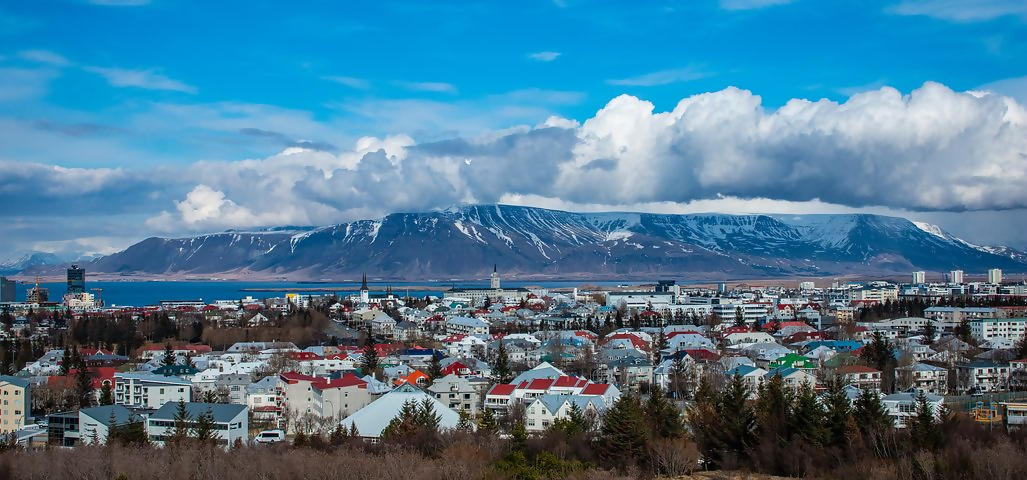
Reykjavik, on the coast of Iceland, is the country’s capital and largest city. It’s home to numerous museums – some of them trace Iceland’s Viking history. The striking concrete Hallgrimskirkja church and rotating Perlan glass dome offer sweeping views of the sea and nearby hills. Exemplifying the island’s volcanic activity is the geothermal Blue Lagoon, near the village of Grindavik.
The capital of Iceland is a young, culturally happening city, as well as a launch pad for natural wonders that people dream of seeing their whole lives. Reykjavík is also constantly reinventing itself, as you can see at the Grandi Area by the Old Harbour. Here fish packing factories have been turned into sharply designed visitor attractions, while creative murals coat the walls and cutting-edge Nordic restaurants have opened.
The world’s northernmost capital city grew from a farmstead to a bustling cultural center that hosts 75% of Iceland’s population. It is known as a vibrant, quirky place that melds a small-town vibe with big-city living.
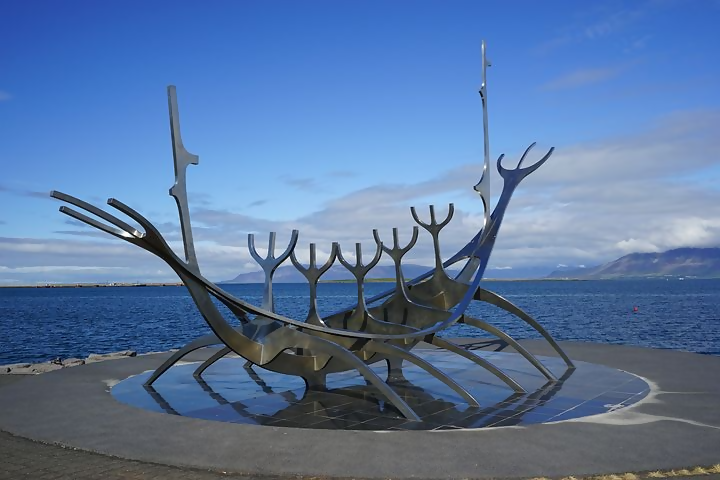
1. Wander Around the Marina
In a city surrounded by water, few experiences are as satisfying as an early morning walk along the waterfront, and Reykjavik’s city harbor doesn’t disappoint. Wrap up warm and take a stroll along the marina – you’ll be met with a gorgeous view of the mountains and the ocean. As the city’s heart of marine activities and point of departure for whale-watching and bird-watching tours, the old harbor has emerged as the new cool quarter with its variety of interesting shops and cafés, and some stunning views of Mount Esja across the bay.
The harbor is also home to the beautiful Sun Voyager, a unique skeletal sculpture that was unveiled to mark Reykjavik’s 200th anniversary on August 18, 1990. Designed by artist Jón Gunnar, the statue is built of stainless steel and is the artist’s interpretation of a dreamboat and ode to the sun. Jón’s intention was to give the city something that inspired dreams and imagination and symbolizes light and hope. It is not, as some think, a Viking ship.
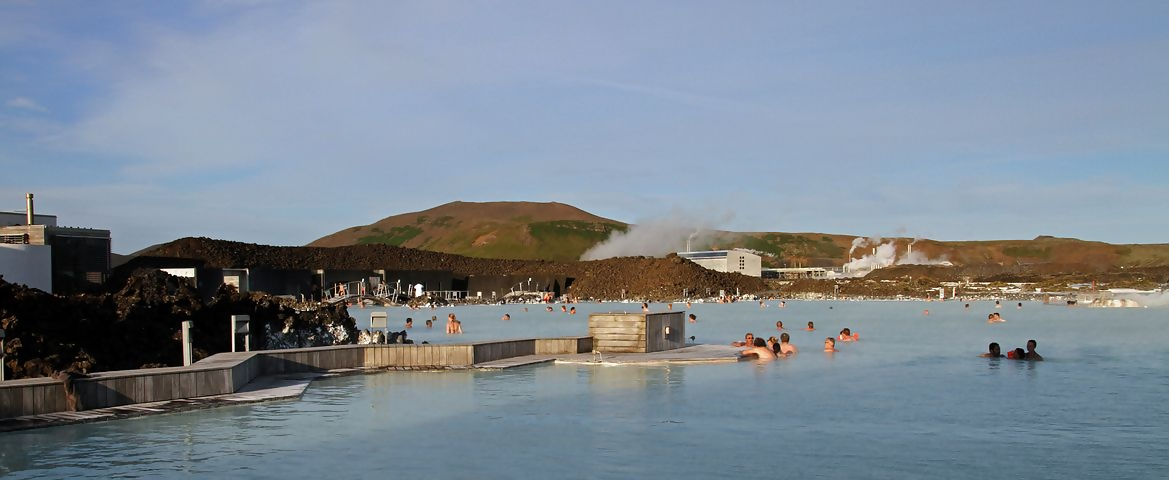
2. Take a Dip in the Blue Lagoon
A trip to the Blue Lagoon is practically mandatory if you’re visiting Iceland. It isn’t located in the city but it is, handily enough, just 20 minutes from Keflavik International Airport. Yes, it can get crowded, but a dip in the picturesque geothermal waters is well worth it.
Reykjavik’s thermal pools are so hot…they’re cool! The Blue Lagoon has become one of the top things to do in Reykjavik– and it is indeed distinctive with it’s murky blue water and mud facials.
This man-made hot pool is an exhilarating and fabulous way to ease sore muscles. Slather yourself in the silica mud mask and your skin will be baby-soft for days.
The Blue Lagoon has the Svartsengi Geothermal Power Plant to thank for its development! In 1976 their employee, Valur Margeirsson, asked if he could swim in the pool created by Svartsengi ́s operations. He suffered from psoriasis and did not want to swim in a public pool. Bathing in the soothing water healed his skin, and when other psoriasis sufferers tried it, their condition also improved greatly. Today, the Blue Lagoon Clinic is an internationally recognized psoriasis treatment facility!
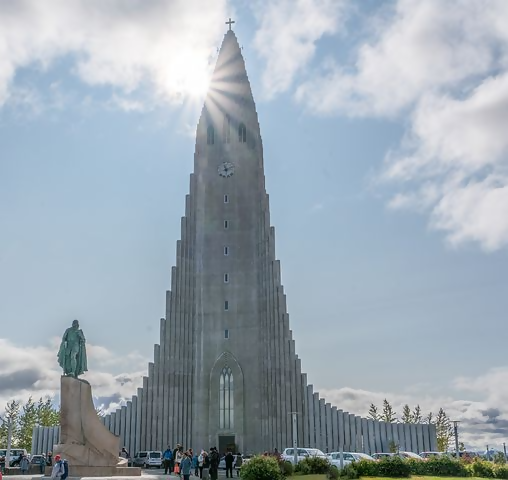
3. Take Me to Church
There’s an almost sci-fi feel to Hallgrimskirkja, the church that sneaks into view around many a street corner in Reykjavik. Its staggered columns resemble those of a pipe organ, which is rather fitting – a 49-ft tall church organ is inside. It’s an impressive beast to look at from the outside, but you can also head up the observation tower for a great view of the city and mountains.
This Lutheran church was designed by architect Guðjón Samúelsson in 1937 but took 41 years to complete. It is modeled after basalt columns of the sort that you can find on Reynisfjara black sand beach in Vik. The church’s columns shoot up 244 feet into the air, making it one of the tallest structures in Iceland. This means that the viewing platform on the top is the best place to get a 360′ view of the city.
Flanking the 74.5 meter tower are cascading columns intended to evoke Iceland’s basalt landscapes – giving the impression of a rocket taking off. Just in front is a statue of Leif Eriksson, the Norse explorer credited as the first European to set foot on American soil at the turn of the 11th century.
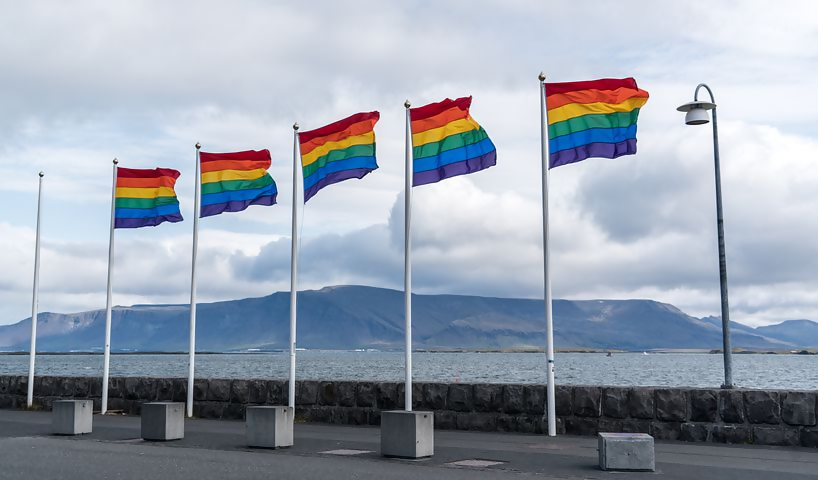
4. Perlan Museum
In the heart of Reykjavík, Öskjuhlíð Hill rises 61 metres above sea level. On the top of the hill stands Perlan, one of the most visited attractions in Iceland. A landmark building composed of an immense glass dome that sits on six hot water tanks. Perlan was first opened to the public in June 1991 and became the home of the largest nature exhibition in Iceland in 2017.
At Perlan – Wonders of Iceland – the best museum artists and technologists have joined forces to create a truly amazing exhibition. Visitors will feel the power of volcanoes and earthquakes. They will see a realistically constructed bird cliff and experience oceanic wonders. Walk through a 100 metre long real Ice Cave, the first of its kind in the world, and learn about Icelandic glaciers in an amazing interactive exhibition. Visitors can see, feel, and live Iceland’s many natural wonders all in one place.
Áróra is a unique northern lights experience and a world-class planetarium show in 8K resolution. It is a journey through Icelandic nature and outer space, to observe Northern lights like nowhere else. Áróra takes you across time and space to understand the science behind the mystery, and to hear stories we believed for thousands of years. Áróra is a piece of art by many of Iceland’s best-known writers, musicians, scientists, and photographers.
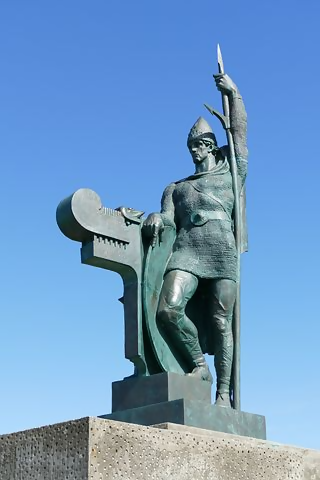
5. Stroll the Einar Jonsson Sculpture Park
The sculpture park is a hidden gem just a 2-minute walk from the Hallgrimskirkja Church. You must pay a fee to enter the Einar Jónsson museum building but the grounds of the museum are free to explore. This garden is a must-see and it features many of the famous Icelandic sculptor’s soulful pieces cast in bronze.
This is the perfect spot to eat lunch, weather permitting, as it is usually very quiet and there are benches dotted around. You ́ll spot a sculpture that looks very similar to the form of the iconic church next to the garden. This is the monument to Hallgrímur Pétursson, an Icelandic poet whom the church was named after.
The sculpture garden behind the Einar Jónsson Art Museum was formally opened on the 8th of June 1984. Einar and his wife Anna put a lot of work into the garden themselves while they lived in the museum building. Even though the garden has changed through the years you can still find trees and stonework that Einar Jonsson put down himself.
There are 26 bronze casts of Einar Jónssons work in the garden. The Wave of Ages and Prayer had already been erected prior to work commencing on the current state of the garden. Some of the pieces were cast in Einars time and stood inside the museum but were later moved out to the garden alongside the new bronze casts. Einar Jónsson started a fund to finance the casting of his work into bronze. With that fund he laid the foundation for the sculpture garden.
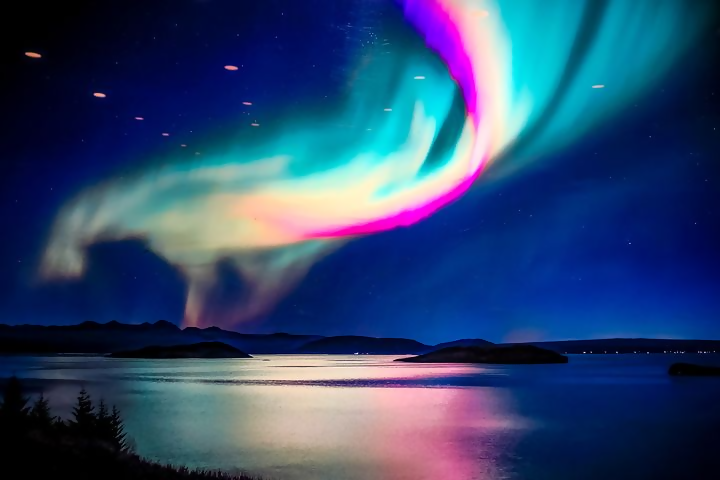
6. The Northern Lights
The Aurora Borealis, caused by electronically charged particles from the sun colliding with the upper atmosphere, is visible around Reykjavík in the winter months. Aurora Reykjavík is an information centre on hand to help you experience the Northern Lights in all their beauty.
But chance plays a big role because above all else, you’ll need a clear night. You could plan your holiday around the aurora forecasts that you can find online. Beyond this, you’ll have to be clear of the city to avoid light pollution, either on a boat, on the coast or out in the countryside.
If everything goes your way and you’re in the right place, you’ll be treated to one of the greatest natural spectacles, when swirling bands from pale green to pink, yellow and blue float across the sky.




